More homeowners are choosing lithium batteries for solar storage - and with good reason. The benefits are clear.
Lithium solar batteries offer superior performance with 90-95% efficiency, 5,000+ charge cycles, and 10-year lifespans. Through our 12 years of manufacturing, we've perfected LiFePO4 batteries specifically for home use - they're safer, last longer, and require no maintenance compared to lead-acid options.
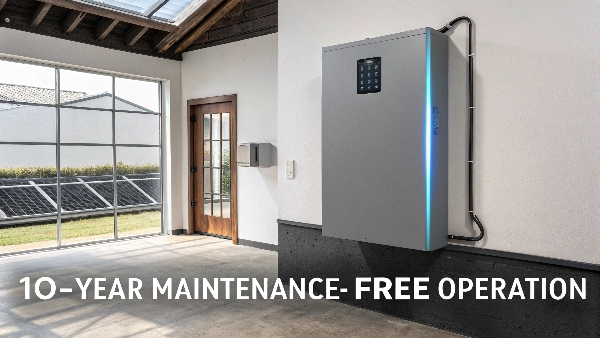
Let's examine key considerations for homeowners using lithium solar batteries.
What Is the 80 20 Rule for Lithium Batteries?
This simple principle helps maximize your battery's lifespan.
The 80/20 rule means keeping charge levels between 20%-80% for daily use. Our testing proves this extends cycle life 300% versus full 0-100% cycling. Modern battery management systems (BMS) automatically enforce these limits, making optimization effortless for homeowners.
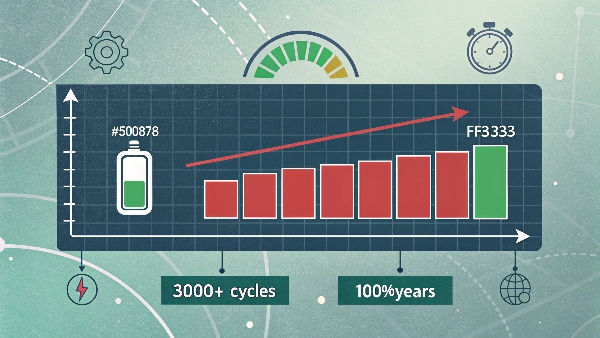
Understanding Battery Charge Parameters
| Parameter | Ideal Range | Purpose | Effect on Lifespan |
|---|---|---|---|
| Daily discharge | 20-80% SOC | Routine use | Maximizes cycles |
| Occasional full charge | 95-100% | Capacity calibration | Needed monthly |
| Storage charge | 40-60% SOC | Long inactive periods | Prevents degradation |
| Low voltage cutoff | 15-20% SOC | Protection | Avoids damage |
| High voltage cutoff | 95% SOC | Protection | Prevents stress |
Practical tips:
- Set charge limits in your battery app
- Perform balance charge quarterly
- Avoid sitting at 100% for extended periods
- Check settings after firmware updates
- Monitor capacity annually
What Is the Holy Grail of Lithium Batteries?
The ultimate goal combines safety, longevity, and affordability.
LiFePO4 (LFP) chemistry represents today's best solution, offering: 1) 3,000-7,000 cycles, 2) Minimal fire risk, 3) Stable performance. Our production exclusively uses LFP because it delivers 10+ years of reliable service - exactly what homeowners need from solar storage.
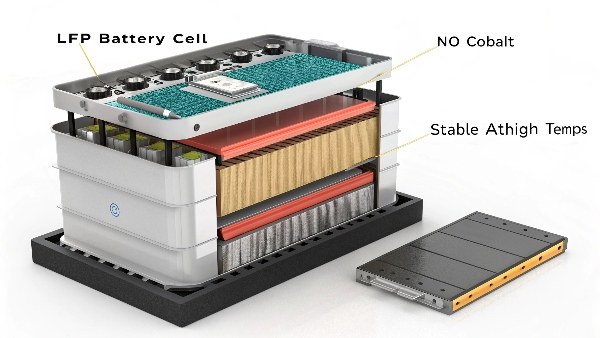
Comparing Lithium Battery Chemistries
| Type | Energy Density | Cycle Life | Safety | Cost | Best For |
|---|---|---|---|---|---|
| LiFePO4 | Medium | 5,000-7,000 | Excellent | $$ | Home storage |
| NMC | High | 3,000-5,000 | Good | $$$ | EVs |
| LTO | Low | 20,000+ | Excellent | $$$$ | Special applications |
| NCA | Very High | 2,000-3,000 | Fair | $$$ | Power tools |
Key advantages of LFP:
- Stable chemistry1 even when damaged
- Wide temp range (-20°C to 60°C)
- Flat discharge curve consistent power
- No cobalt ethical sourcing
- Proven track record2 10+ years in field
What Is the Biggest Problem with Lithium Batteries?
Understanding limitations helps ensure successful solar installations.
Initial cost remains the primary barrier - typically 2-3× lead-acid prices. However, our customers find lithium's 10-year lifespan makes total ownership cost lower. Quality issues with budget imports represent the other main concern - always choose reputable manufacturers.
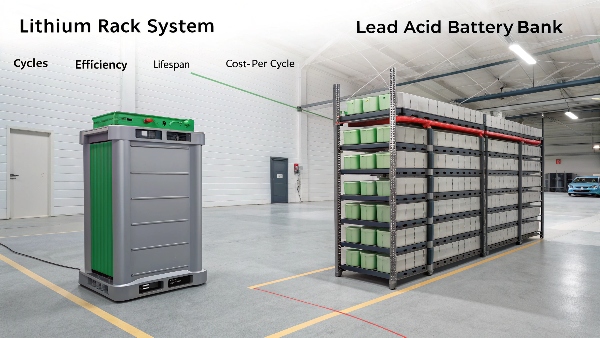
Addressing Common Lithium Battery Concerns
| Concern | Reality | Solution |
|---|---|---|
| High upfront cost | Lower lifetime cost | View as 10-year investment |
| Thermal runaway risk | Extremely rare in LFP | Use quality BMS |
| Complex installation | Simplified modern designs | Professional install |
| Recycling challenges | Growing infrastructure | Manufacturer programs |
| Performance in cold | Reduced capacity | Battery heaters |
Important notes:
- Quality matters - avoid unknown brands
- Proper sizing prevents most issues
- Regular monitoring catches problems early
- Cool locations extend battery life
- Professional help ensures safety
Should I Charge My Lithium Battery After Every Use?
Modern lithium batteries differ significantly from old battery technologies.
No need for full recharge after each use. In fact, our data shows optimal practice is topping up to 80% when convenient. The battery likes staying between 30-80% - occasional full charges (monthly) help with capacity calibration, but daily full charges actually reduce lifespan.
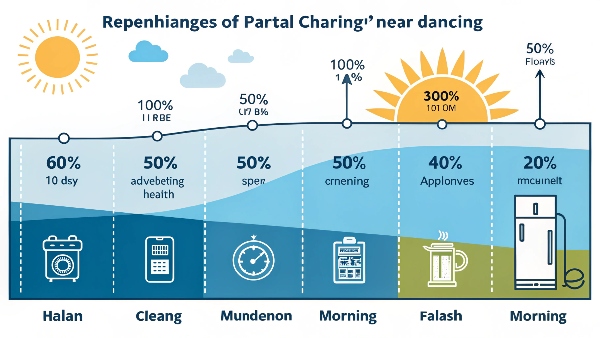
Lithium Solar Battery Charging Guidelines
| Usage Pattern | Recommended Charging | Notes |
|---|---|---|
| Daily cycling | Charge to 80-90% | Top up when below 40% |
| Intermittent use | Store at 50% | Charge to 80% before use |
| Seasonal use | Store at 50% SOC | Check quarterly |
| Backup power | Keep at 90% | Recharge after events |
| Off-grid | 80% normal days | 100% before storms |
Smart charging practices:
- Use timers to charge during solar surplus
- Avoid overnight full charges
- Balance cells quarterly
- Monitor capacity annually
- Follow manufacturer recommendations
Conclusion
Lithium solar batteries offer homeowners reliable, long-lasting energy storage when properly sized and maintained. Following the 80/20 rule, choosing LiFePO4 chemistry, understanding cost considerations, and implementing smart charging practices will maximize system performance and lifespan. Modern lithium solutions require less maintenance than traditional options while delivering superior efficiency and safety.
Every home has unique energy needs - factors like square footage, appliance loads, and usage patterns all determine optimal system size. Our team specializes in custom solutions perfectly matched to each homeowner's requirements.
Contact Daopulse for your solar battery solution:
Website: libatterybub.com
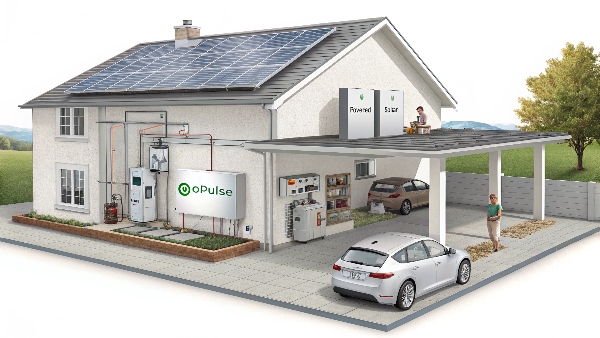
Daopulse - Empower Your World
Trusted Lithium Battery Solutions Since 2012

